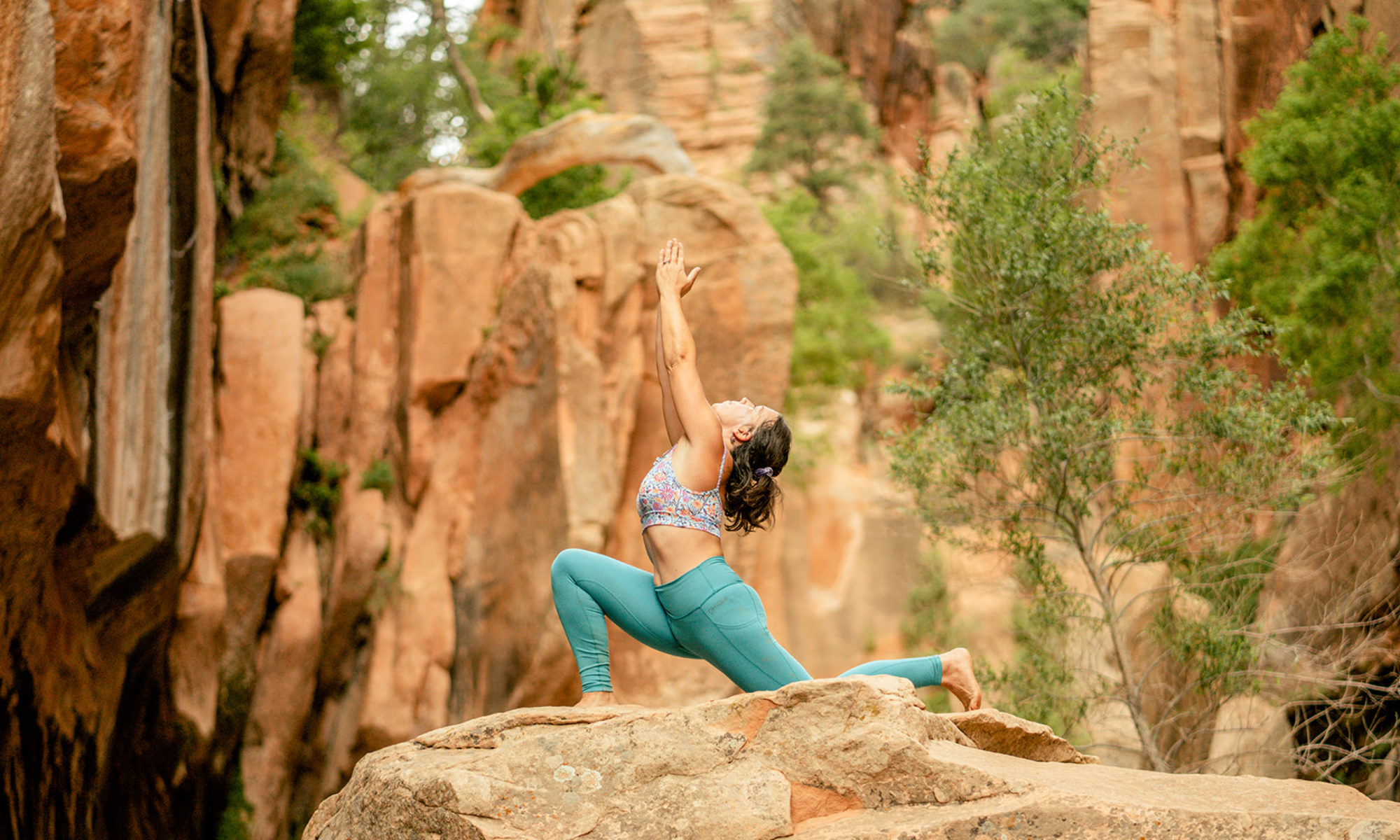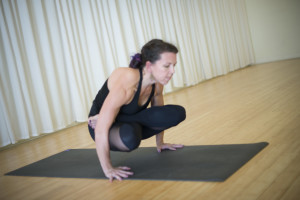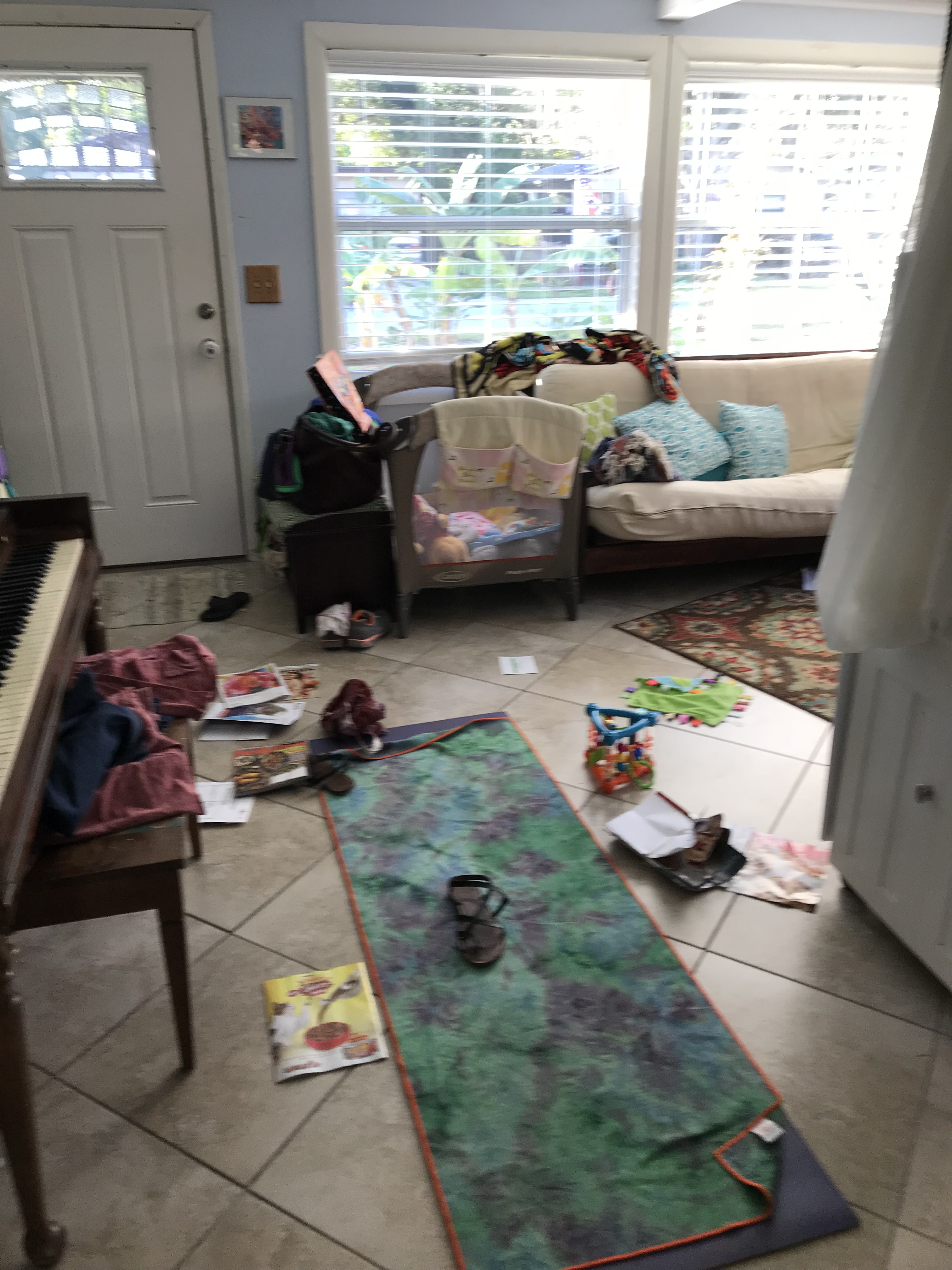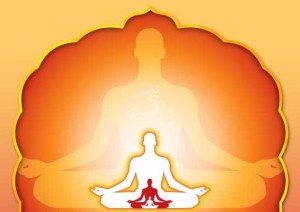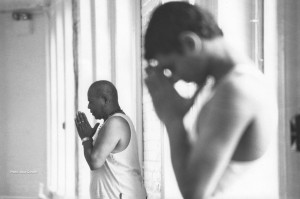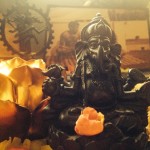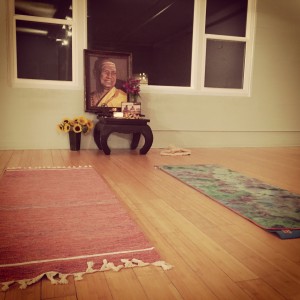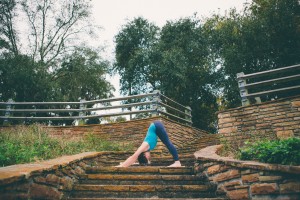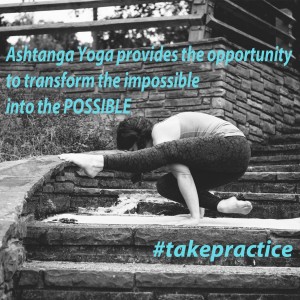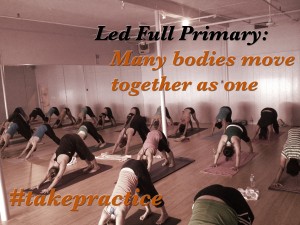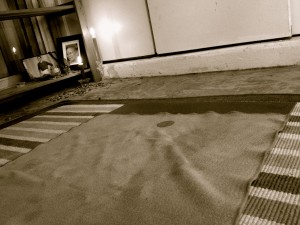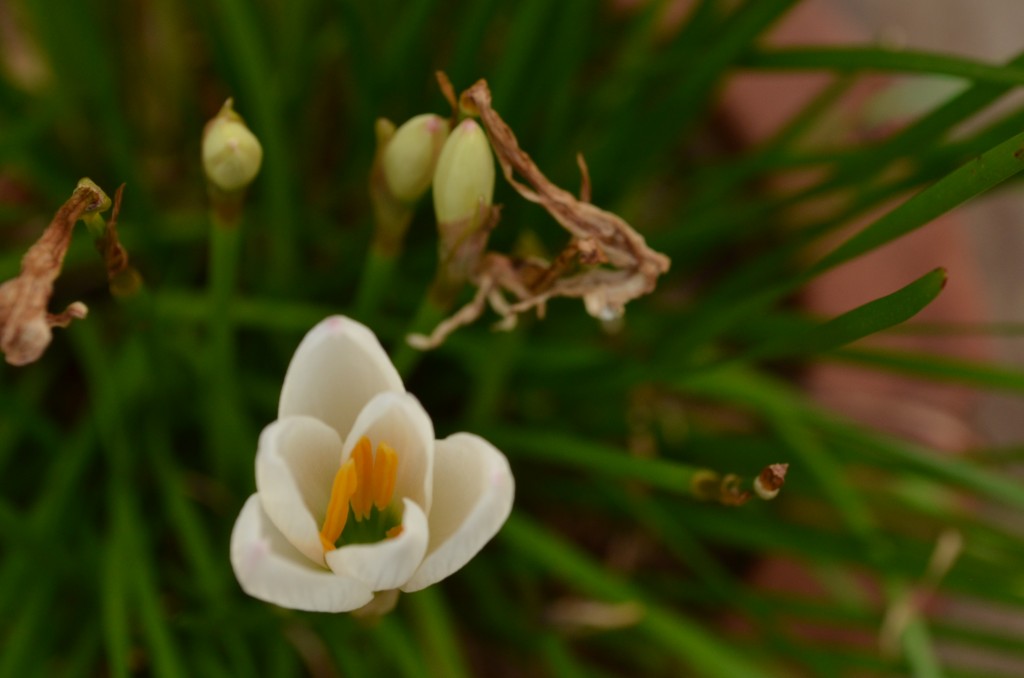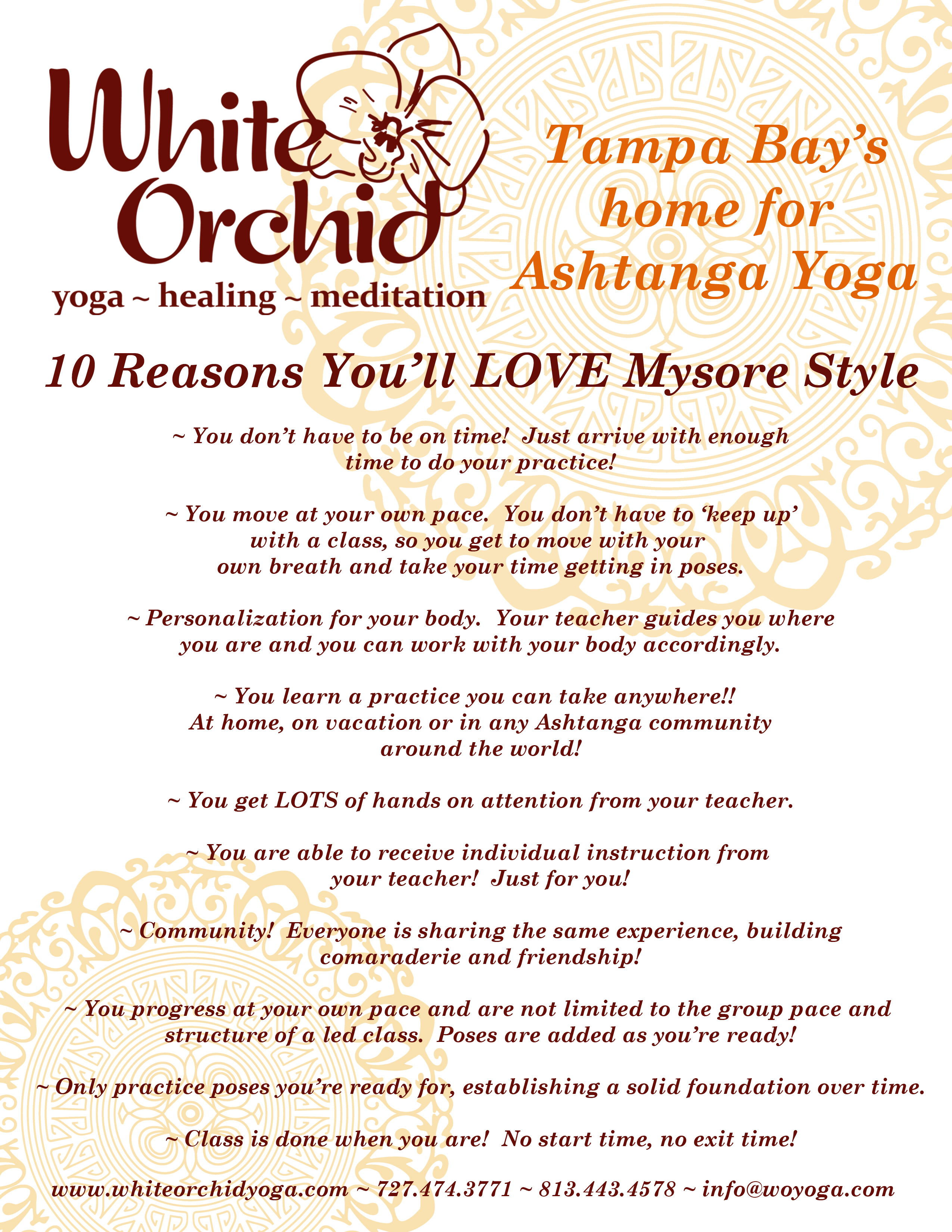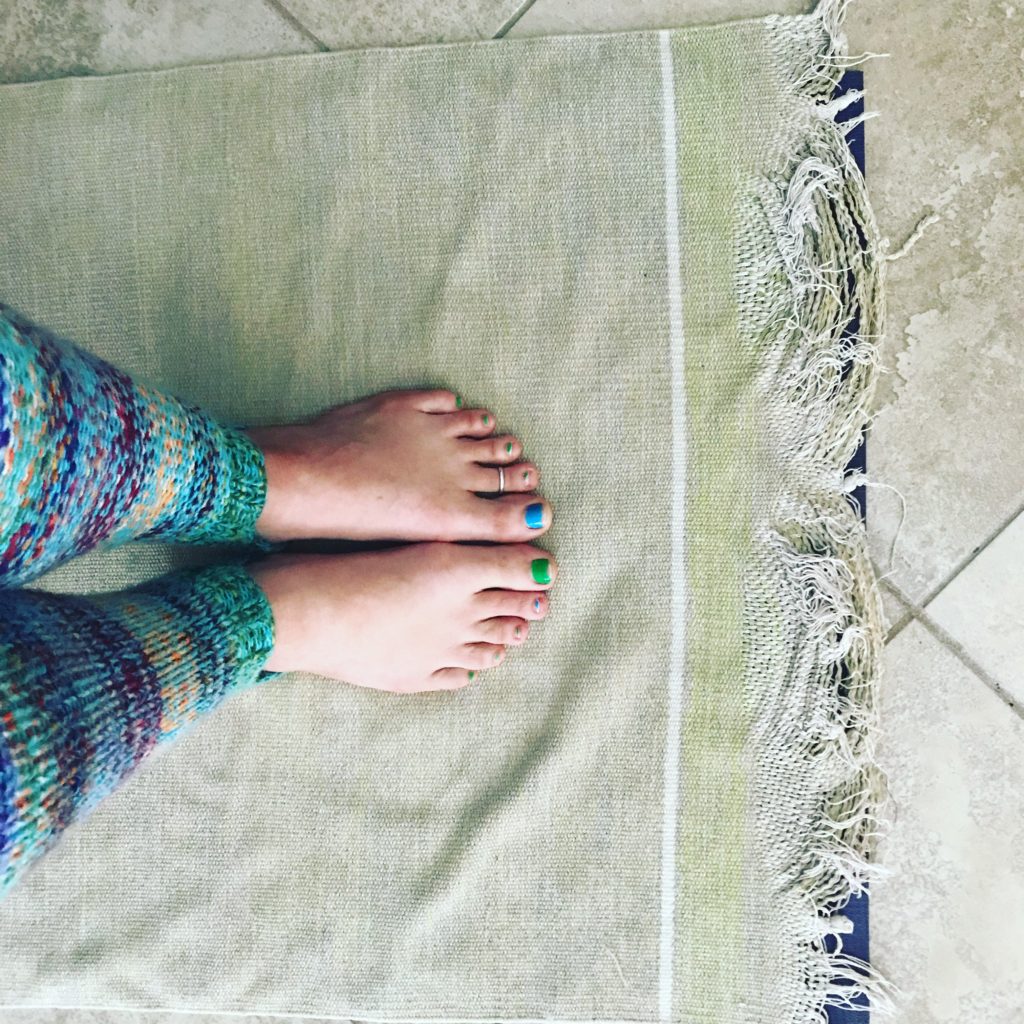
What do you do in samasthiti? Is it your time to adjust your mat, wipe your sweat, talk with your teacher? Or, do you skip it all together, viewing it as a misuse of time in your already busy day? Samasthiti can serve a lot of purposes in our practice, but often times it gets overlooked, or all-together forgotten and pushed aside for the ‘more important’ and dynamic components of our posture practice.
So, why do we even do it? Our physical posture practice is an opportunity for our bodies to strengthen, heal and soften from the demands of daily life. So that we may live a life with less suffering, so that we may know our true nature, so that we may embody peace. All of the postures we practice offer unique benefits to the yogi’s overall experience, allowing the tension and patterns of our daily life an opportunity to unravel. The patterns we’re struggling with in our daily life will rise to the surface in our yoga practice and give us a new realm to witness and experiment with alternative responses. Then, new patterns of balance and sustainability may rise to the surface. These postures are building a foundation for a process of evolvement, allowing us to have awareness of our conditioned patterns and start to transform ourselves into more peaceful beings.
In a world where we are called to transition rapidly from one task to the next, one role to the next, one experience to the next, we rarely allow ourselves time to process and digest the phase of transition. We miss the opportunity to pause, the opportunity to allow ourselves a moment to feel the space between, to know the space between.
Samasthiti is an opportunity to pause, and feel the spaces between our postures, between our movements. We are given the chance to reconnect to steadiness in our breath, body and mind and then, continue from that point of steadiness.
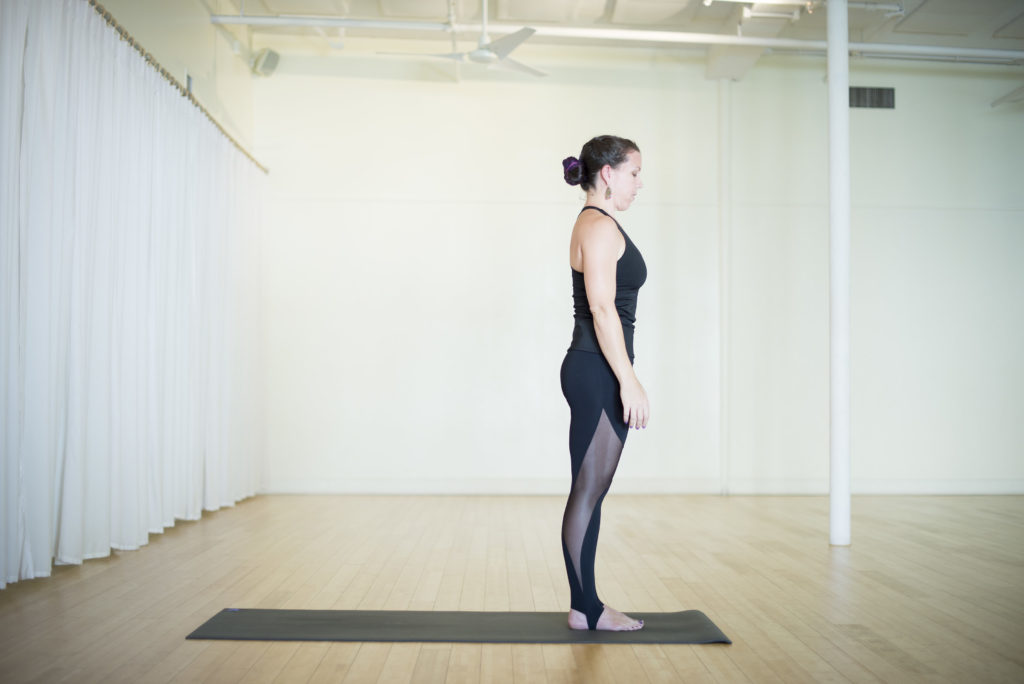
So, samasthiti is not JUST a chance to adjust your clothes, fix your hair, check out the other practitioners in the room or look to see what time it is. It is a chance to reset, to pause and to reconnect through the spaces between. In our aṣṭāṅga yoga practice, we return to this position over and over again as a reminder to pause, a reminder to honor the spaces between.
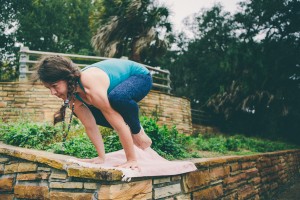
* About Jessica
You Might Also Enjoy:
- Lessons From Encountering Obstacles
- Uḍḍīyana bandha: What it is and how to Use it
- Mūla What?! Insights into mūla bandha
- Ashtanga, Pregnancy and That First Year
- Truth Matters
- Always Looking, Never Seeing
- Returning to the Mat
- Yoga Doesn’t Really Mean Union
- Three Gifts
- What Does It Really Mean To Practice Non-Attachment
- Ashtanga Opening Mantra
- Yoga To Sleep Better At Night
- Some Truth About Ashtanga Yoga
- Yoga Brings Out The Worst In Me
- Catvāri cringe
- Into The Shadows – the elusive search for happiness in Ashtanga Yoga
- …and in all earnestness
- Ashtanga Yoga and the Ego
- Guru Gratitude
- 5 Ways to Find Joy, Even When You’ve Got The Grumps
- The Grateful Game
- Yoga And The Quest To Know It All
- Standing Up From Backbending – How I Overcame My Fears
- Keeping Guruji With You When You Practice
- The Heart of Ashtanga Yoga: The Tristhana Method
- Ashtanga Yoga is a Breath Practice. Seriously, It REALLY Is
- The Seven Words that Changed My Practice
